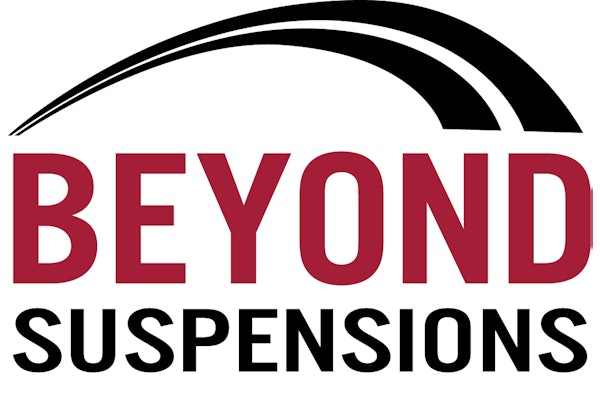Stede Granger probably fields more questions about heavy-duty coolants than most people. As an OEM technical service manager for Shell, he is one of the guys with answers concerning the properties of everything from supplemental coolant additives (SCAs) to extended life coolants (ELCs).
But even Granger can be surprised by the extent of the misconceptions that exist.
That point was brought home when he visited an off-road fleet where workers were using water to top off coolant reservoirs during the summer months. Not the recommended 50/50 mixture of coolant and de-ionized water. Not even a mixture of the chemical compounds and the scale-forming water from a well. Just plain, old-fashioned H2O.
“Some technicians don’t understand how important it is to maintain freeze protection,” he admits.This may be an extreme example, but sales figures demonstrate that some North American equipment owners may not understand all of the features and benefits that exist with different coolant formulas.
“Green [automotive] coolants haven’t disappeared yet and we’re two iterations down the road with ELCs,” observes Carmen Ulabarro, direct channel manager, Chevron Products, referring to how the formulas have evolved. As a conservative estimate, she suggests that between 15 to 20 percent of the traditional green fluids are still finding their way into the reservoirs of heavy-duty trucks.
“The big dog fleets, they’re fully formulated,” she says, “but that owner-operator guy who has four to five trucks, he’s probably still going on green.”It begs a question: Do customers understand the difference between a green silicate-based automotive coolant, the “fully formulated” products specifically designed for heavy-duty trucks, and the ELCs that last hundreds of thousands of miles? Or are they making the same purchasing decisions out of habit?
Unlike conventional silicate-based automotive formulas, a fully formulated truck coolant comes with the initial dose of SCAs – including the nitrites or nitrite-molybdates that are used to combat the pitting of cylinder liners. These chemical compounds stop that
problem “dead in its tracks,” Granger says, referring to cavitation, the damage that can otherwise be caused by bubbles that form and collapse within the coolant.
Engines that generate higher horsepowers or higher heats are the most likely to face this challenge, says Dave Turcotte, technical director for Valvoline. “In the case of [exhaust gas recirculation], anything that increases the thermal load of the engine is going to increase or aggravate corrosion issues.”
He splits the North American fleet into thirds. About one-third of diesel engines do not face cavitation corrosion at all. Nitrites will completely eliminate the problem in another third of the engines, while the chemicals will merely slow down the process in the equipment that remains. “There’s still the good, the bad and the ugly,” he says. And when it gets ugly, it also gets really ugly. The related pitting could bore a hole into a cylinder liner in as little as 30,000 miles.
Meanwhile, the requirement for frequent flush and fills was addressed through the introduction of ELC formulas that were first introduced by Caterpillar in 1996, shortly after General Motors developed its Dexcool mixtures for automotive applications. An ELC does not contain the abrasive silicates that can wear out water pumps or plate out on heat transfer surfaces. Its organic acid technology also helps to maintain the levels of nitrites or nitrite-molybdates – extending the life of the coolant – while the core chemistry adds another level of protection against liner pitting.
“It [the use of ELC] is all about reduced maintenance, excellent performance and simplification of the maintenance system,” says Ulabarro. At the very least, the mixture added to the cooling system of a heavy-duty diesel engine should meet the related ASTM standard known as 6210, compared to the mixtures added to automotive applications that need to meet 3306. In addition to that, the Technology & Maintenance Council has Recommended Practice 329 to define standards for the fully formulated offerings that include nitrite and nitrite-molybdates.
But be wary of a label that promises to “meet the performance requirements” of 6210 because that could mean the formula does not meet the related chemical standards. The label should suggest the fluid “meets or exceeds” such requirements, Ulabarro says. “The best you can do is ask, ‘Does it say 6210 and am I buying it from a reliable supplier?'”
Users also should ensure that the coolant meets the needs of a specific engine. “There are some small differences from time to time,” Granger explains. That will make it important for a shop to look for references to standards such as Cummins 14603 or DD 93K217 to meet their specific needs. The Cummins 14603 test places a particular emphasis on the protection of solder, Turcotte offers as an example.
TRADEOFFS IN TECHNOLOGIES
The challenge, however, is that it is impossible to meet every single need. “When you pick technology, there are tradeoffs,” he says. “The most important thing is for people to read and understand what the engine manufacturer is saying in their guidelines. There is information online and in written form. A few minutes of review will give them insight








